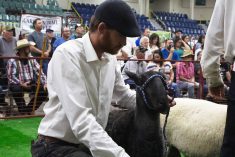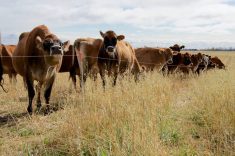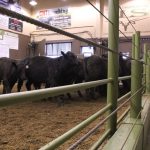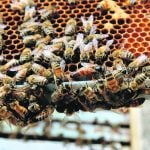Alberta cattle producers have agreed to hang their hats at the door and
talk candidly about dissension among industry players.
A perceived lack of communication and co-operation has rankled feedlot
operators, processors and cattle buyers who say the Alberta Cattle
Commission has underrepresented them.
The commission, now called Alberta Beef Producers, has promised to act
through a series of resolutions passed at its annual meeting.
Delegate Hugh Lynch-Staunton said he was surprised at the degree of
Read Also
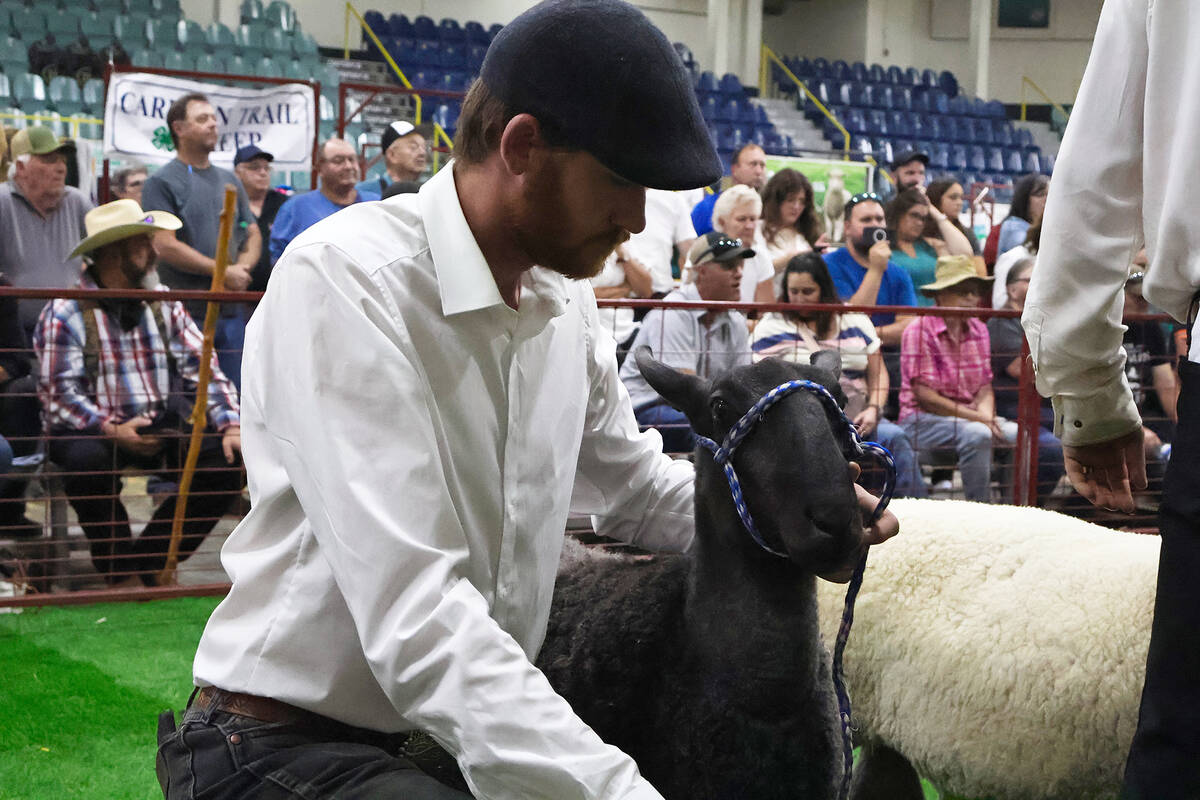
Bluefaced Leicester breed in a class all its own
The Bluefaced Leicester’s high-quality mothering skills and quality wool are some of the strong traits that make the breed a good addition to any operation.
discontent in the countryside.
“It was a bigger issue than we thought,” he said.
“One of the shortcomings the industry had was that we haven’t had a
formal structure to deal with these matters and we haven’t had a
timetable.”
Major adjustments to the organization require changes through Alberta’s
marketing council, the government body that oversees the province’s 15
marketing boards and commodity commissions.
The first resolution told Alberta Beef Producers to meet with the
Alberta Beef Council to discuss industry shortcomings and agree on a
plan to be presented to delegates next summer.
Most delegates said they want to maintain the organization under its
current structure with a mandatory checkoff and zone representatives
with equal voting rights.
Ernie Isrealson of Didsbury said feeders and packers pay up to 25
percent of the checkoff contribution, but don’t have a quarter of the
membership in the Alberta Beef Producers.
Darcy Davis of Acme was concerned about the lack of details of the
organization change designed by the Alberta Beef Council that offer
more say to processors and auction markets.
“I’m not convinced I want packers and order buyers to have a say in how
the checkoff is spent,” he said.
Another resolution recommended an elected council to represent cattle
feeders throughout the province. The commission had appointed members
to the feeder council and provided it a budget to fund research and
address feedlot issues.
“The board always hoped it would become an elected body,” said Len
Vogelaar, former chair of the feeder council.
A final resolution called for an Alberta Beef Forum with a plan of
operation expected in 2003. The forum could be a step toward resolving
differences among the various sectors who feel they are not represented
well by the mainstream organization.
“It’s time to bring this back and do better than what we did before,”
said Greg Conn.
A cattle industry committee met regularly until two years ago to link
the various sectors. Participation dropped and over time it stopped
meeting.
Tom Livingston, former chair of the cattle industry committee, said its
greatest weakness was an inability to pass resolutions. It had wide
representation that included packers, truckers, veterinarians and
producers, but the group could only make recommendations to the cattle
commission board.





